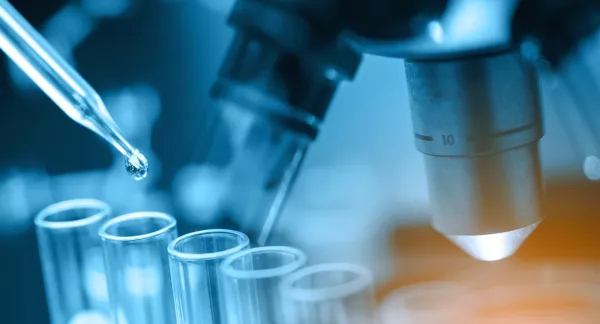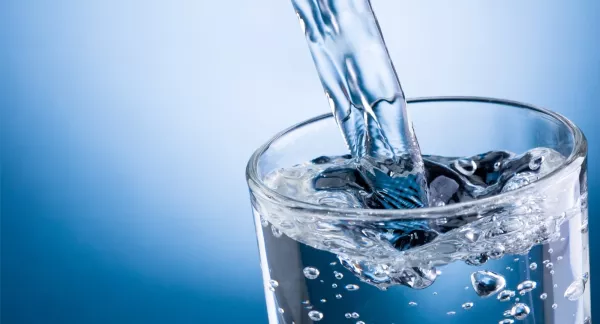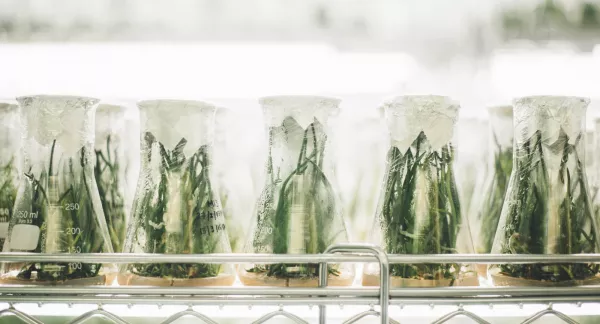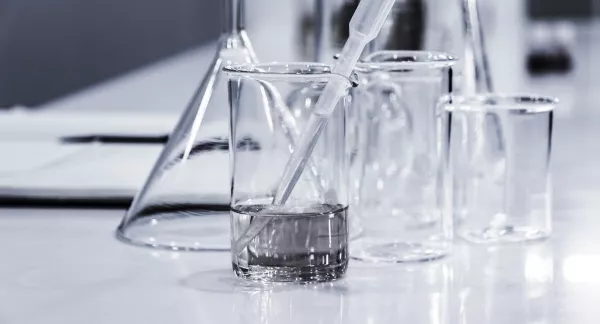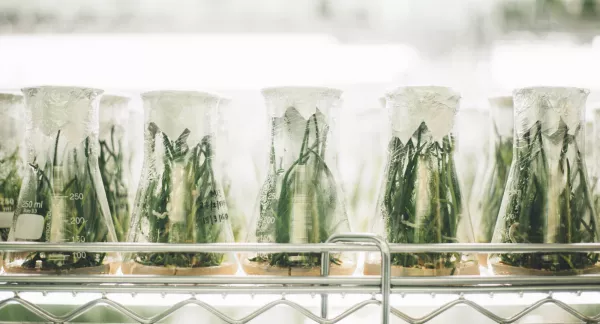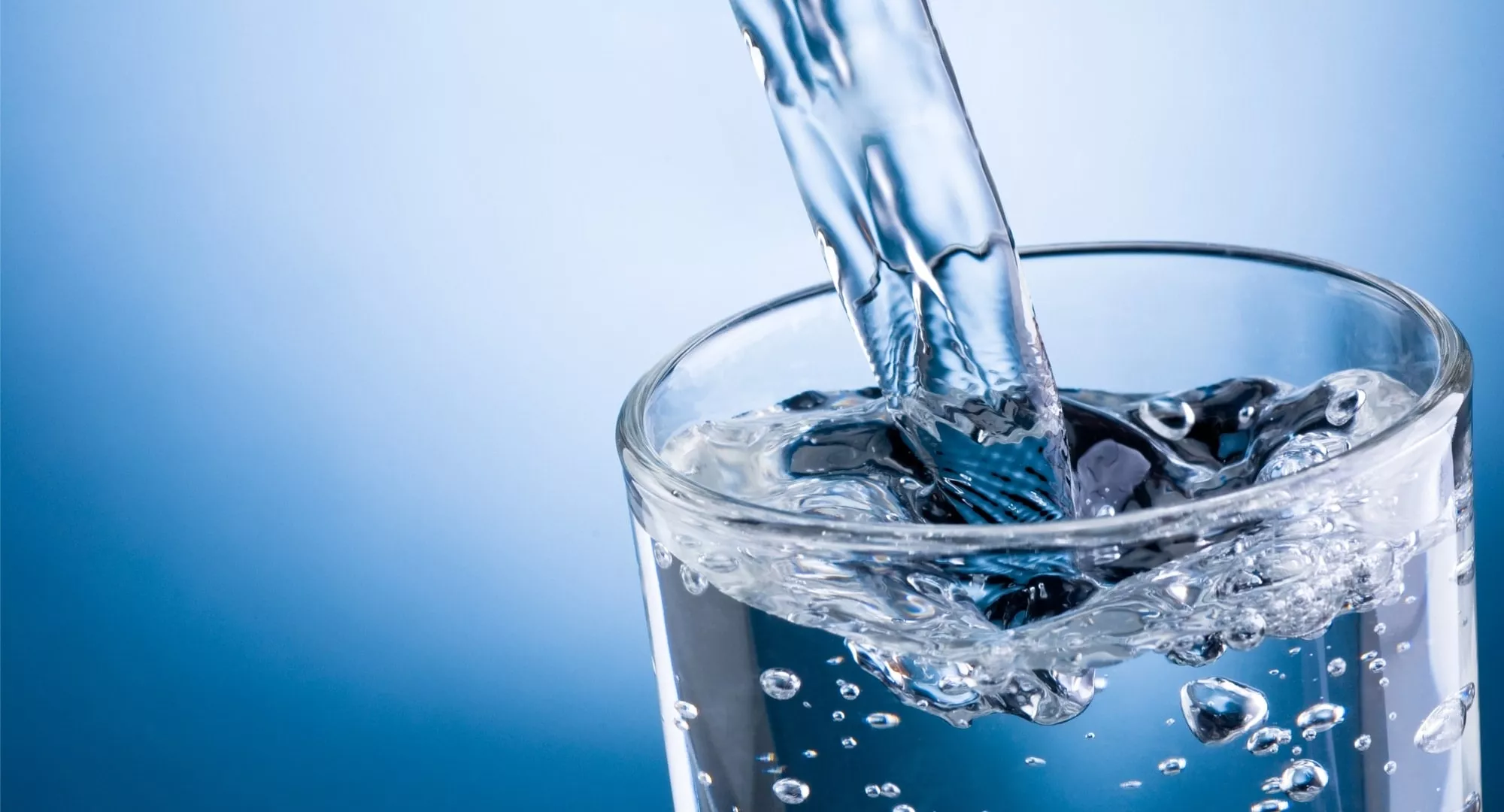
EPA Secondary Maximum Contaminant Levels: A Strategy for Drinking Water Quality and Consumer Acceptability
Abstract
This work provides an integrated overview of the U.S. EPA Secondary Maximum Contaminant Levels (SMCLs) as established in 1979 by the EPA in conjunction with up-to-date technical and consumer-based research that has occurred during the 35 years since their implementation. Utilities spend considerable funding to address the water quality and aesthetic issues addressed by these standards. Consumers decide the acceptability and value of their drinking water primarily based on a judgment of its taste, odor, and appearance. By providing an overview of the EPA Secondary Maximum Contaminant Limits, the rationale used to develop them, and current scientific knowledge related to their applicability, utilities can better understand the standards and develop a strategy for drinking water quality and consumer acceptability. This document explores how consumers assess the quality of drinking water and the role that Secondary Maximum Contaminant Levels have in maintaining a water quality that consumers will find acceptable. Research partner: Philadelphia Water Department. Published in 2015.
